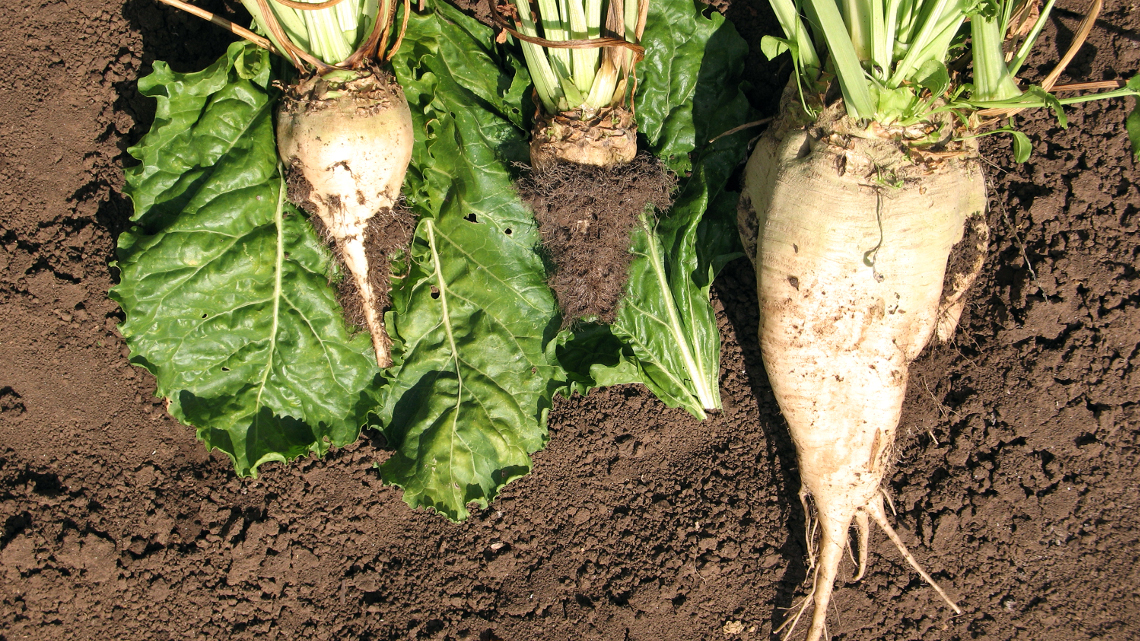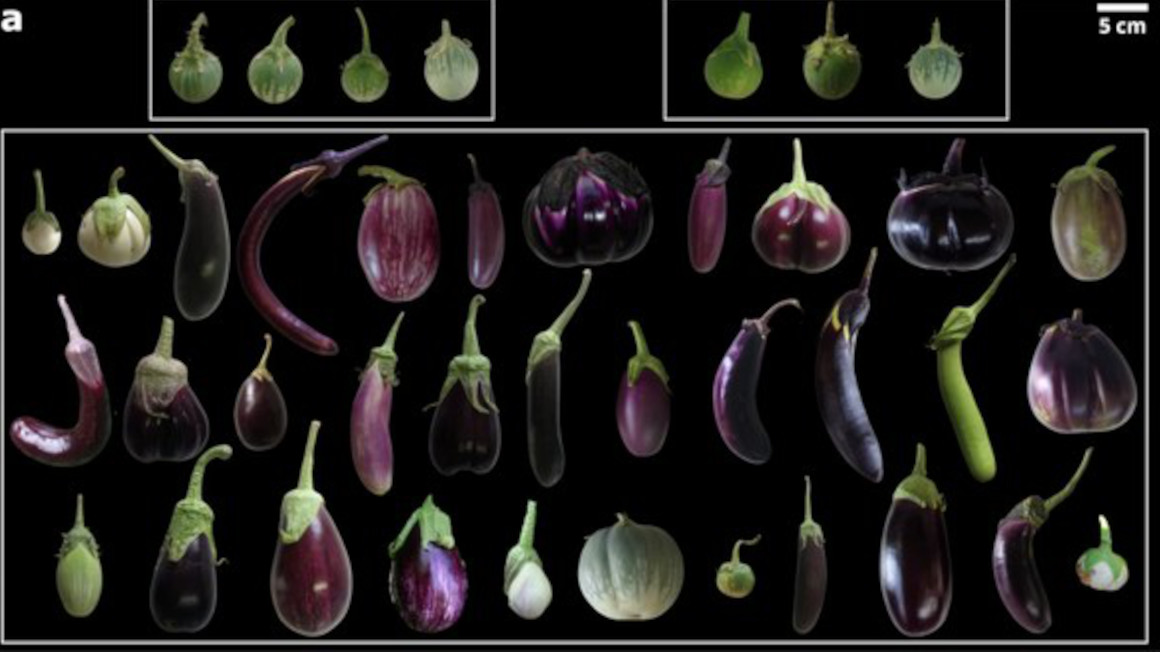Sugar beet: Danish relatives deliver resistance gene
The viral disease rhizomania is a severe sugar beet pest. In Danish relatives of beets researchers have identified a powerful resistance gene.

Sugar beet (Beta vulgaris) is a fairly young but also diverse crop that is farmed across Europe. The cultivation of sugar beet was the starting point for the industrial sugar production. Today, approximately one third of the global sugar consumption originates from sugar beet, which generates a yearly revenue of about €25 billion. However, in recent years the plant the beet necrotic yellow vein virus (BNYVV) - causing rhizomania - has endangered the sugar beet yield more and more. The virus is transferred via fungi that live in the soil, and has reduced the global yield by up to 80%. These huge losses occur, because rhizomania does not respond to conventional pesticides. An international research team headed by the Kiel University (CAU) has detected a novel resistance-gene that protects the plant from the virus.
Rhizomania overcomes previous resistance mechanism
Incorporating resistance mechanisms into plant breeding has been done for decades. However, over the last few years the virus causing rhizomania has been overcoming the genetic resistance mechanism that had been used for sugar beet thus far. An international team of researchers now identified an alternative rhizomania resistance gene, which naturally occurs in wild populations of sugar beet. Because of the exact genetic identification of this novel resistance gene it can be immediately applied to its agricultural usage. The study was published in the journal "Nature Communications".
The exact identification of the gene underlying the resistance mechanism allows for their application in plant breeding. The fact that a second resistance mechanism exists had been known for a while. But since sugar beets carrying this resistance provided smaller yields than other plants, they were hardly used in farming.
Wild sugar beets in Denmark hold the resistance key
In order to identify the gene the researchers went to the coastal area of the Danish island Seeland. There a wild sugar beet population grows that is not affected by the Rhizomania virus. “Interestingly we noticed that resistant and vulnerable wild beets are living next to each other on a stretch of 15 kilometres”, says Gina Capistrano-Gossmann of the CAU. „Resistant plants have no advantage over vulnerable plants at this spot, because the soil is not infected with the Rhizomania virus”, he explains. To decipher the genetic basis of the virus-resistance in these beets, the researchers compared gene sequences of the resistant beets with the sequences of vulnerable beets and performed an association analysis. At the end of their analyses they were able to localize where in the genome the resistance gene could be found.
Biodiversity enables alternative resilience
Since they now know the resistance-causing gene sequence, the researchers can easily distinguish between resistant and vulnerable young plants. Moreover, the molecular reaction based on the resistance-gene can be analysed in more detail now. Because of these findings future farmers will be able to cultivate rhizomania-resistant sugar beets that hold the promise of high yields. Of note: the resistance was found in a wild beet population, highlighting once more the importance of biodiversity, the potential therein, as well as the need to protect the naturally occurring biodiversity and the diverse genetic gene pool.
jmr


